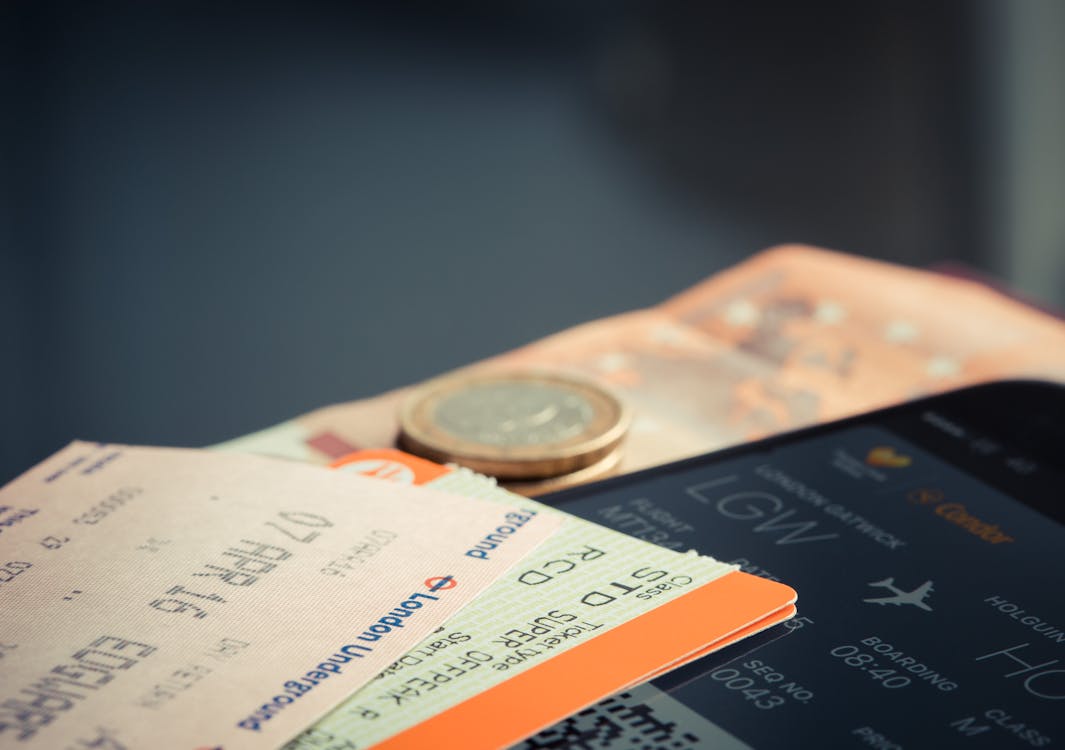💸Korean Level 4, Activity 11: 여행사/ Travel Agency

Description:
In this activity, students will become travel agents. They will read the descriptions of the travelers and plan the trip according to the travelers’ interests.
Semantic Topics:
travel agents(여행사), plan(계획), itinerary(여행 일정), transportation(교통), budget(예산), trip(여행), traveler(여행자)
NCSSFL-ACTFL World-Readiness Standards:
- Standard 1.1: Students engage in conversations, provide and obtain information, express feelings and emotions, and exchange opinions.
- Standard 1.2: Students understand and interpret written and spoken Korean on a variety of topics.
- Standard 1.3: Students present information, concepts, and ideas to an audience of listeners or readers on a variety of topics.
- Standard 2.1: Students demonstrate an understanding of the relationship between the practices and perspectives of Korean culture.
Idaho Content Standards for World Languages:
- COMM 1.1 – Interact and negotiate meaning (spoken, signed, written conversation) to share information, reactions, feelings, and opinions.
- COMM 2.1 – Understand, interpret, and analyze what is heard, read, or viewed on a variety of topics.
- COMM 3.1 – Present information, concepts, and ideas to inform, explain, persuade, and narrate on a variety of topics using appropriate media in the target language.
- CLTR 1.1 – Analyze the cultural practices/patterns of behavior accepted as the societal norm in the target culture.
- CONN 2.1 – Access authentic materials prepared in the target language by or for native speakers.
NCSSFL-ACTFL Can-Do Statements:
- I can interpret information about different travel options in the target language
- I can advise others on options based on their interests.
- I can compare and contrast famous tourist locations in Korea and the U.S.
Materials Needed:
Warm-Up:
1. Begin by introducing the Can-Dos for today’s activity.
오늘의 학습목표를 소개하는 것으로 수업을 시작하세요.
2. Students discuss their traveling experiences.
자신의 여행 경험을 이야기해 봅시다.
If they are having difficulty getting started, ask them a couple of questions such as:
학생들이 이야기를 시작하는 것을 어려워 한다면 아래의 질문들을 이용하세요.
- Where did you go?
- 어디에 갔어요?
- What was your favorite part of the trip?
- 여행 중 가장 마음에 들었던 부분은 뭐예요?
- What was the best food you ate?
- 당신이 먹은 최고의 음식은 뭐였어요?
Main Activity:
1. Spread out the Traveler Profiles Cards on the table in front of the group.
여행자 프로필 카드를 테이블 위에 펼쳐 놓으세요.
2. Students will divide into partners.
학생들은 짝이 지어집니다.
3. Each partner will choose a traveler profile card.
각 학생은 여행자 프로필 카드 하나를 선택합니다.
4. Students will use the traveler profile card to plan a trip to Korea for their traveler.
프로필 카드를 이용하여 한국 여행 계획을 세우세요.
5. Students should keep in mind their traveler’s likes/dislikes for the trip.
계획을 세울 때 여행자가 이 여행을 좋아할지 안 좋아할지를 염두에 두어야 합니다.
6. Students should include and write down at least 3 tours in their travel plan.
여행 계획에 최소 3개의 일정을 포함해야 합니다.
7. Students must include how the traveler will go to Korea, travel around Korea, and return home.
학생들은 여행자가 어떻게 한국에 갈지, 어떻게 여행할지, 어떻게 돌아올지를 계획에 포함해야 합니다.
8. Give students about 15 minutes total to complete this, or until students have felt that they have created the “ultimate dream vacation” for their traveler (probably will take at least 10 minutes).
학생들이 계획을 완성할 수 있도록 약 15분을 주세요. 혹은 “꿈같은 여행”을 만들었다고 만족할 때까지 시간을 주세요. (최소 10분은 주세요.)
10. One by one, students will go around the group and introduce their traveler, and then explain the trip they have planned, including how they will get to Korea, travel in-country, and get home.
학생들은 한 명씩 그룹을 돌면서 자신이 맡은 여행자에 대해서 소개하세요. 그리고 한국행, 한국에서의 여행, 귀국행을 포함한 여행 계획을 설명하세요.
11. Students should explain why they made the choices they did.
학생들은 왜 그런 계획을 짰는지 설명해야 합니다.
- Steve loves Korean food, so he will travel based on the restaurants.
- 스티브는 한국 음식을 좋아해서 식당 위주로 여행을 할 거예요.
Wrap-Up:
Discuss the following question to finish the lab(이 질문으로 랩을 마무리하세요):
- What is important to you when you are traveling?
- 여러분들은 여행을 할 때 어떤 것을 중요하게 생각하나요?
End of activity:
- Read Can-Do statements once more and have students evaluate their confidence.
- (Use thumbs up/thumbs down or download our student cards.)
- Encourage students to be honest in their self-evaluation.
- Pay attention, and try to use feedback for future labs
NCSSFL-ACTFL Can-Do Statements:
- I can interpret information about different travel options in the target language
- I can advise others on options based on their interests.
- I can compare and contrast famous tourist locations in Korea and the U.S.

